by Lee
An ATV or Side By Side’s lifespan is 15 to 20 years if you do proper maintenance.
The average miles I expect out of a used ATV is 800 miles a year. So a 5-year-old ATV, I expect to have around 4,000 miles.
Let me explain why I say 15 years max and 800 miles a year for ATVs.
ATVs and side by sides are measured in both mileage and hours.
These two numbers are not a replacement for the other and will often be wildly different, especially across the globe.
Mileage and hours on an ATV can tell you a lot about them.
If you see an ATV with high mileage, but low hours it tells us they like to drive it fast. Not always an issue because this is normal when riding in the dunes but a huge red flag if taken to the extreme.
If you see an ATV with low mileage and high hours, it tells us they do more trail riding or are hunters. It could also mean they do a lot of snow plowing if they live where it snows a lot.
The average rider puts 800 miles on their ATV or side by side every year.
These numbers can vary a lot, especially on who drives the ATV and where.
An ATV is the primary source of transportation in some countries and small cities, and seeing 30,000+ miles is not crazy. Also, the farmer who uses his side-by-side daily for work will have a lot more hours than the guy who rides on the weekends.
But my baseline is 800 miles a year when I’m looking to buy a used ATV.
| Years | Miles |
|---|---|
| 1 | 800 |
| 2 | 1600 |
| 3 | 2400 |
| 4 | 3200 |
| 5 | 4000 |
| 6 | 4800 |
| 7 | 5600 |
| 8 | 6400 |
| 9 | 7200 |
| 10 | 8000 |
| 11 | 8800 |
| 12 | 9600 |
| 13 | 10400 |
| 14 | 11200 |
| 15 | 12000 |
This means if the ATV is 5 years old, I expect it to have around 4,000 miles on it. It’s when the miles vary from this baseline that I worry. A 5-year-old ATV with only 80 miles on it screams trouble, along with one having 80,000 miles on it.
It’s when the miles vary from this baseline that I worry. A 5-year-old ATV with only 80 miles on it screams trouble, along with one having 80,000 miles on it.
What matters more than hours or miles is how well the ATV was taken care of. Don’t let high miles keep you from an ATV that was properly maintained!
Average miles per year = 800 miles.
Max years for an ATV = 15 years.
800 miles * 15 years = 12,000 miles
I consider 12,000 miles a lot, especially if the ATV is under 15 years old.
Why 15 years? The manufacturer stops making vital parts for ATVs after that point. An ATV can go forever if you can get the parts, but a lot is discontinued after 15 years, and no point in keeping it going if you can’t work on it.
Would I buy an ATV with a lot of miles? Probably, it depends on how well it was taken care of. Let me explain.
I’ve seen guys with high mileage and high hours have no issues and keep trucking along.
I’ve also seen guys with low mileage and low hours and not take care of their ATV, and it turns to crap.
What matters the most is checking the ATV out in person and not some numbers anyone can screw with.
I had one guy try to sell me a limited-edition Can-Am Outlander 1000 with low hours and miles. The deal seemed too good to be true, and it was. When I looked at the ATV, I could tell the frame had bad cracks. This ATV was in a bad accident, and I later found out the dude rolled it down a mountain. The dude spent a lot of money to get new plastics and was trying to pass it off to someone else.
This is why mileage and hours are secondary to actually checking the ATV out in person.
I rather have an ATV with a lot of miles on it but taken care of than one with low miles and left to rot. A high mileage ATV tells me that the previous owner liked the quad and didn’t seem to have much trouble getting to those high miles; less likely to be a lemon that someone is trying to push on to someone else!
I hate this question because I’m a Can-Am guy, so naturally, I want to say Can-Am.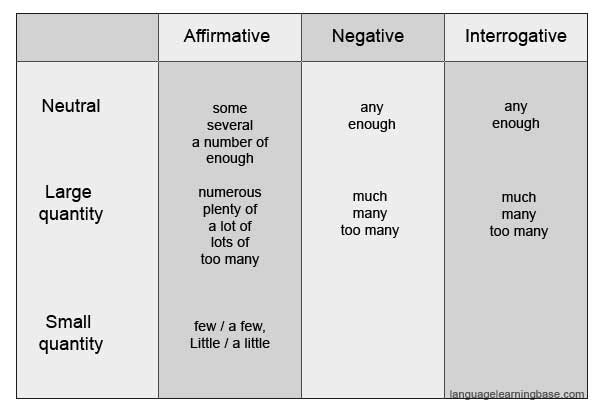
I’m sure a Yamaha or Honda guy will say the same thing.
But I will give it to Honda; they got it figured out and make some of the best engines. They lack in tech where Can-Am over-delivers, but I’ve seen 20-year-old Hondas still going to this day.
Since Honda is slower to change, this helps keep their ATVs going for longer. Many of their parts for older models are still around. I have a 1999 Can-Am Traxter that would still run if I could get a discontinued part. This is what decides how long your ATV last, not the hours or the mileage.
Unless you love going mudding and know what you’re doing, avoid the mud machines.
That is the XMR’s and other brands that come from the factory with a snorkel and are “mud ready.” Or the guys who convert their stock ATV to a mudding one.
These ATVs don’t have much of a warranty and are rode very hard. It’s not uncommon for them to get hydro locked due to mud and water getting in the engine and intake. Water in the engine can bend piston rods and blow the engine.
Water in the engine can bend piston rods and blow the engine.
Mudding ATVs are taken apart and tore down often due to them getting submerged in water and mud all the time.
I love going in the mud and getting crazy, but that is not the problem; the problem is the guys who take their ATVs and put them entirely underwater. Those are the ATVs to avoid as those things develop phantom issues eventually.
Not all mud machines are bad, but this ATV Mud Machine below is not one I would buy secondhand.

Each year the recreational vehicle market grows. For 8 years in a row, sales have hit records. If you’re starting to wonder about owning a recreational vehicle of your own, you might be wondering how many miles will an ATV last?
The answer to how many miles will an ATV last isn’t as straightforward as you may think.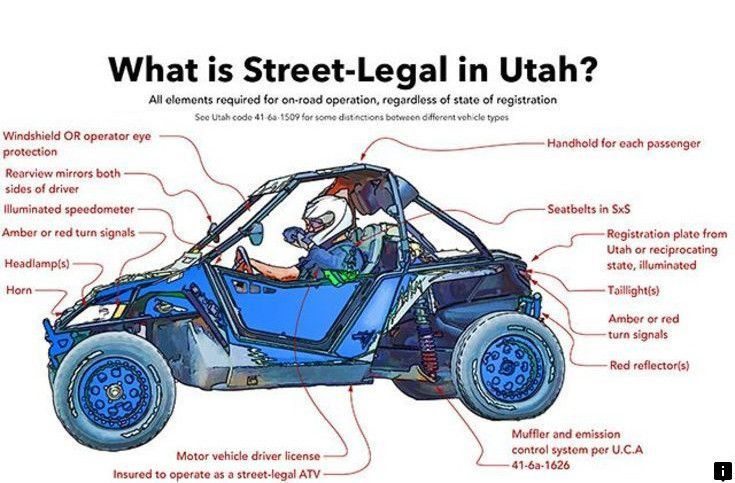 There are some qualifications and considerations that go into an answer. At most, you can expect your ATV to last around 10,000 miles.
There are some qualifications and considerations that go into an answer. At most, you can expect your ATV to last around 10,000 miles.
Table of Contents
No recreational vehicle is built with an expiration date. To a certain extent, there’s no way to tell how long your ATV will last. We can make some educated guesses and use averages to fill in a few of the blanks, but you can prolong the life of your recreational vehicle.
Taking proper care of the vehicle is essential to its long-term function. Giving the vehicle maintenance on time and regularly is part of this essential care. The more you take care of the recreational vehicle, the longer it will last.
However, even with the best maintenance and care, all engines will wear out. High mileage for an ATV is considered 10,000 miles. While this doesn’t mean that your recreational vehicle will simply stop working, it is reaching the end of its useful life at this point.
Just how far past 10,000 you can expect it to survive will depend on how it was treated, how hard it was ridden, and maintenance. If it was taken care of and not ridden hard, it could still have quite a bit of life left within it, but this is by no means certain.
It can also be said that many vehicles experience difficulties long before they reach 10,000 miles. The average ATV mileage where you may begin to experience issues varies greatly between manufacturers and models. Sometimes it begins earlier than 3,500 miles, and other times you can have almost 10k without any problems.
ATVs aren’t the only recreational vehicles that are growing in popularity, or that you may be considering. UTVs and LUVs are all growing in popularity, and they serve distinct functions for those who use them. For the most part, UTVs are prized for their function, assisting with work tasks and farm life.
When you compare ATVs and UTVs together, one thing you have to take into consideration is how they are treated. This is because 2,000 miles of working on a farm is never going to be as damaging as 2,000 miles of blazing trails in the mountains.
This is because 2,000 miles of working on a farm is never going to be as damaging as 2,000 miles of blazing trails in the mountains.
It may also have something to do with the fact that if used as a work vehicle, maintenance is often a lot more routine. If you’re buying used, it’s entirely possible that the previous owner viewed the UTV or ATV in question as a disposable machine. Not all owners are good about maintenance, even simple tasks.
While there are large differences between the function, use, and systems of a UTV and an ATV, a lot of the basics still apply. How far will an ATV go, and how far a UTV will go is largely dependent on the same factors. It is simply that working and operating conditions are often wildly different between the two.
Once an ATV or UTV has begun to experience a lot of engine problems, repair is necessary. It can even be possible to rebuild an engine, just like you would in a car or truck. While this will cost you, it can be cheaper than purchasing a brand new vehicle.
Like any repairs, you will have to set aside money for the long-term viability of your recreational vehicle. That is true whether it is a UTV or an ATV. The cost differences between the two don’t begin or end with repairs, there are other factors to consider when money steps into the equation.
In addition to wondering how many miles will an ATV go, you might also be wondering, how much will it cost. The fact of the matter is there are a lot of factors to consider when purchasing any vehicle. Longevity, frequency of repair, maintenance, insurance, and the list goes on.
While this cost will increase with ATV mileage, there are some preconditional costs to consider. What kind of insurance will you need, how much medical coverage do you want, what are the liability limits set at? Do you intend to do all the maintenance yourself, or will you require a mechanic?
It can seem daunting, but calculating the cost of a UTV, or an ATV, isn’t as difficult as it sounds.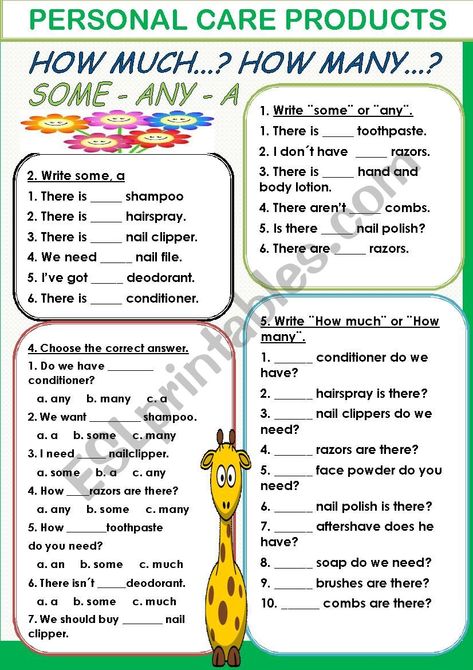 Remember, however, that due to their purpose and the nature in which most are ridden, you can expect that an ATV will cost more on average than a UTV in terms of insurance and operational expenses.
Remember, however, that due to their purpose and the nature in which most are ridden, you can expect that an ATV will cost more on average than a UTV in terms of insurance and operational expenses.
There are sport UTVs, which can be considered more like ATVs with more functionality. These can be more expensive than basic UTVs to own or operate, however, they won’t be any more expensive than an ATV.
If you take the time to understand all the variables that come into play, you’ll make a much better choice when deciding what your next recreational vehicle will be. Whether your choose a UTV or an ATV will largely depend on what you intend to do with the vehicle.
So when pondering the question, how many miles will an ATV last, consider always that the answer is up to you. The way you use, operate, and treat your ATV or UTV will decide more about how long it lasts than any other factor. The lifespan of your ATV is up to you.
If you want more UTV or ATV information, articles about current market trends, and a deeper look into the culture of riding, we can help. Get out there and start enjoying the outdoors, we’ll make sure to do the work to get you up to date with any changes or technology that could make your life easier.
Generally, an ATV is considered "multi-mile" when it reaches about 10,000 miles . However, more important is how it was looked after and how it was driven by the previous owner. Even with 10,000 miles on it, if the previous owner put the time and effort into caring for the ATV, there could still be a lot of life left in the car.
Accordingly, which is better Honda or Polaris ATV? Honda is known for its reliability, ease of operation, excellent ride quality, driver comfort and agility. Polaris is softer than glass in rough terrain. , it has great power, EBS works great, it's very comfortable to ride, and the power steering is top notch.
How many kilometers can an ATV travel on one tank of gasoline? A 5.4 gallon ATV tanker can drive 108 miles averaging 20mpg. Factors affecting gas mileage: ATV type and age, tank size, weight, throttle, terrain, tires, engine size, carburetor, and maintenance. To make sure you don't run out of gas, check your 4-wheeler before you travel and take extra gas with you.
Also, how do you convert ATV hours to miles?
Multiply the number of hours your engine has been running by 60. . Use the resulting number to estimate how many miles your engine has. For example, 1,235 hours on the engine equates to approximately 74,100 miles.
ATV tires typically last as little as a few hundred to 4-5000 miles and over . Their life depends on the surface you ride on, the style of the tires, the hardness and quality of the rubber, age and a number of other factors. Expect 1-2 years if you drive a lot on the roads, or 5-10 years if you stay off the roads.
Are Polaris ATVs junk? Are Polaris ATVs junk? Polaris easily competes with any other ATV manufacturer. They make good ATVs, people just like different things. This works the same for other vehicles, cars, trucks, etc. You will get soy from every brand that has its own issues, but it doesn't. they are all garbage .
Do ATVs retain their value? The cost of ATVs does not drop much over time. after a few years their value remains unchanged . Most ATVs lose their original value 3-4 years after first use, and some models lose up to 30% of their base value, but the good thing is that after this period, their prices are mostly the same.
Why are Honda ATVs the best? Honda ATVs have earned a reputation for performance and reliability. Thanks to the explosion-proof transmission and metal gears instead of belts, this brand of ATVs can withstand heavy loads without breaking. There are The 's reliable and easy-to-use features make Honda ATVs the most popular choice among sport ATV riders.
The Ecoquad was the clear champion in fuel economy with 45.5 mpg despite spending most of its time at full throttle. The Honda followed with 32.1 mpg and the Arctic Cat diesel with 31.7 mpg, comfortably outpacing the Kymco and Polaris at 24.9.miles per gallon. The Quadzilla trailed with 18.6 mpg.
How many miles per gallon do ATVs get? How many miles per gallon can an ATV go? On average, you're looking at about 15 to 20 mpg for a new quad or one that's worn out in a couple of years. Everything will depend on how well you maintain it, and on the characteristics of the engine.
What kind of gasoline do four wheelers use?
However, most ATVs use regular 87 octane gasoline but can perform optimally with more expensive gasoline. Petrol 91 or 89 octane. . In other words, the higher the quality of the fuel, the better your engine will perform. In addition, some four-wheelers only use premium fuel.
Is 5000 hours too much? As a general rule, up to 2,500 hours is a well-run number, while 35,000-5000 hours is considered a high .
How many hours will the truck engine run? You are reducing the speed of the engine compared to driving on the wrong path because it is running at half its maximum speed. In comparison, it should probably have 3500 to 4000 hours of battery life. .
How many miles does it take to drive 2 hours?
How many hours is 2 miles?
| miles | Relaxed pace | Normal pace |
|---|---|---|
| 2 miles | 40 minutes | 30 minutes |
| 3 miles | 1 hour | 45 minutes |
| 4 miles | 1 hour, 20 minutes | 1 hour |
| 5 miles | 1 hour, 40 minutes | 1 hour, 15 minutes |
Nov 27 2021
See also
Should ATV tires spin? Multi-directional tread pattern for better grip on rocks.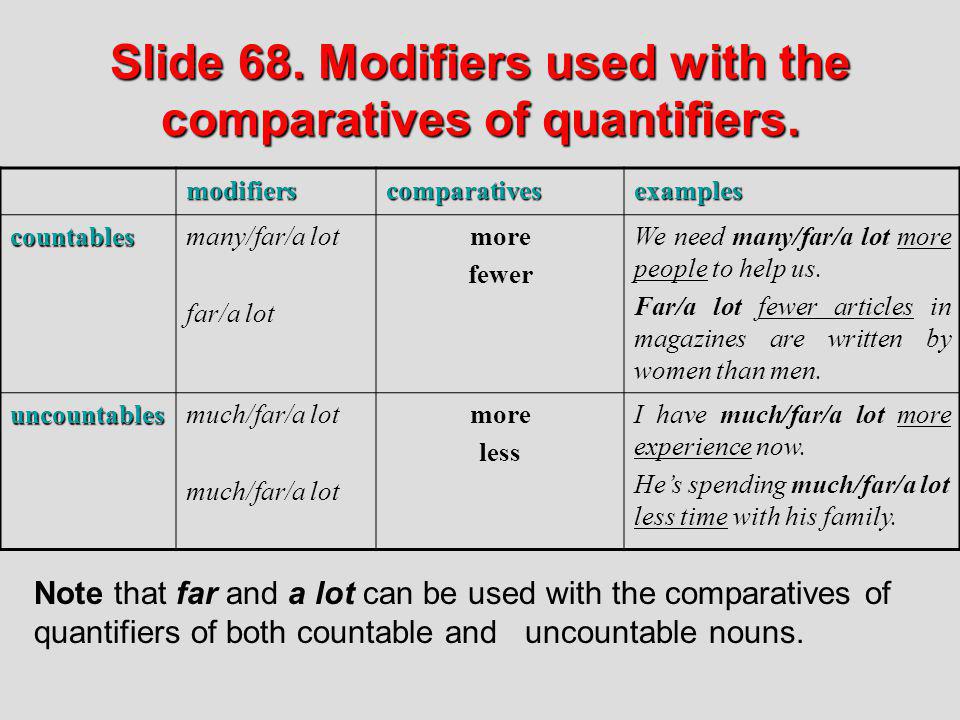 Multi-directional tires can be turned for even tire wear. . Multi-directional tread pattern better grips side slopes. Multi-directional tires usually stop faster than directional tires.
Multi-directional tires can be turned for even tire wear. . Multi-directional tread pattern better grips side slopes. Multi-directional tires usually stop faster than directional tires.
How often should I change the oil in my 4 Wheeler? In general, you should perform an oil change on an ATV. approximately every 100 hours of use or at least once a year .
ATV recommended normal tire pressure: 4 to 8 psi (psi).
Polaris made in China? Are Polaris parts made in China? Engines are still built in Osceola, Wisconsin. And also many parts are made in china . Just like the rest of the big names.
What should I look for in an ATV?
Who makes the motors for Polaris? All 2015 Polaris ORV lineup (Ranger, RZR, Sportsman and ACE) now equipped with ProStar 9 engines0005 . In the past, Polaris has partnered with other manufacturers (one of them was Robin/Fuji Industries) to supply engines for their ATVs and UTVs.
In the past, Polaris has partnered with other manufacturers (one of them was Robin/Fuji Industries) to supply engines for their ATVs and UTVs.
Given that you are here and want to recognize the full throttle of a 125cc ATV, you need to know what an ATV is and also how fast a 125cc ATV is.
For beginners, an ATV is short for ATV. All-terrain vehicles of all types of soil provide the ATV with a large area.
125cc ATV mainly for youth. This is a safe choice for beginner bikers who are new to it and also want to learn more about driving as well as the roads.
Whenever we talk about 125cc, it is considered to be in the middle category because it can reach top speed and provide enough traction to help you get through the dirt without any problems.
When it comes to an ATV, top speed refers to the highest degree of speed a vehicle can achieve while driving on the road.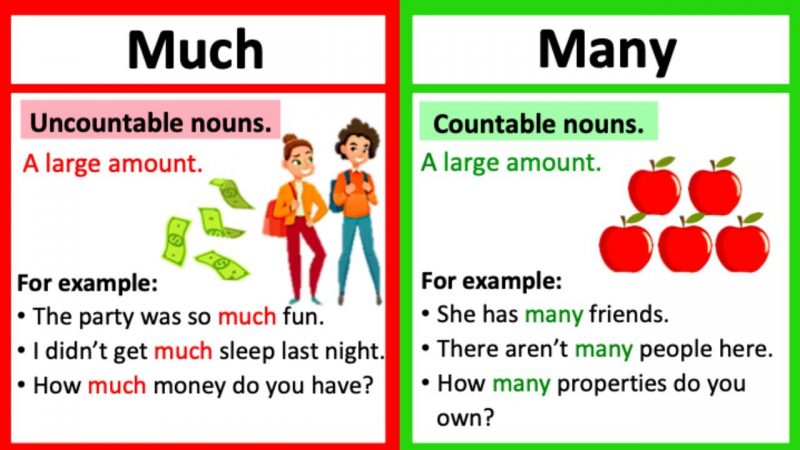 Full throttle varies from bike to bike and depends on a variety of factors which consist of the types of materials used and the components installed.
Full throttle varies from bike to bike and depends on a variety of factors which consist of the types of materials used and the components installed.
Contents
What does 125cc mean? The 125cc engine will take up 125cc, while the larger 700cc engine will take up 700cc. The more cubic centimeters an engine has, the more air and fuel it can consume, which usually results in more power.
A 125cc quad can go up to 40 mph in an ideal . You can slow down to 10 mph and sometimes 5 mph, or you can hit the gas all the way to 40 mph. Youth ATVs are equipped with speed limiters to control their speed. .
Thanks to its many uses, the 125cc ATV The is a great choice as a starter for teenagers as well as the for younger kids as it is fast enough to keep their passion going as well as running at around 22 mph or 38 mph. Most importantly, this is a great beginner quad, not powerful enough for serious riding technique, jumping, big climbs or racing.
Most importantly, this is a great beginner quad, not powerful enough for serious riding technique, jumping, big climbs or racing.
It is extremely important to choose the right engine for you or your child when buying an ATV.
Depending on the power of the cylinder, you will surely be able to choose the right ATV for you. Look into joining a list for a better understanding.
Approximately 70 cc - they are used for children up to 11 years of age.
70 to 90 cc cm - they can be used by teenagers aged 12 to 15 years.
125 to 250 cc cm - suitable for both beginner teenagers and adults.
Cylinder size can start at 50cc and go up to 700cc.
But keep in mind that height is also an important factor when choosing an ATV. Classification from 125 to 250 cu. CM is ideal for beginners who are not familiar with wilderness riding and are unfamiliar with rough or rocky roads. One of the most practical tools for adults or professionals ranges from 450cc to 700cc.
One of the most practical tools for adults or professionals ranges from 450cc to 700cc.
If you are looking for an ATV for your child, you don't have to worry as you stay in the best area. From the list above, it can be seen that engines from junior to 90cc are suitable for children. But to boost the performance of an ATV, different brands have gone to great lengths to find some fantastic 125cc ATVs specifically made for kids.
They are supervised by professionals to make sure they are absolutely safe for children. Each kids quad has unique features as well as additional safety options. If your child loves the outdoors and travelling, an ATV can offer the best taste of nature and flexibility to their hearts, while the controls are still in your hands.
If you do a thorough research, you will certainly be able to find the right one for your child. A couple of points that might help is to make sure you buy one with a speed limiter and it has both headlights and taillights installed as they help a lot.
ATV suppliers generally do not set biker weight limits for their youth models. It has optimum load capacity 364 lbs , engine stop button, and push button starter controls. The highest center of mass is cunning.
While a full-size ATV with a huge engine can fit an adult, the risk of injury to a teenager on such a device is much higher. For shorter riders, the 125cc ATV is a good choice for the . The 125cc ATV is not the smallest available, however it is not exceptionally large or powerful compared to other models.
1. Use the best fuel.
A quick and easy change you can make is to start using higher octane gasoline. Many ATVs don't need to use higher octane fuel from the manufacturer, but this can help. increase the efficiency of your engine .
If you can, do not use ethanol-based fuel, and also choose fuel with a higher octane rating of . It will cost a few dollars even more than inexpensive fuel, but you will definitely notice the difference when you step on the gas pedal.
Higher octane gasoline burns cleaner, resulting in better gas mileage and much less wear on the mechanical parts of your gas system. Of course, the best gas mileage on an ATV is not as noticeable, but there is a difference in performance.
2. Upgraded air filter.
You must be regular inspection of the air filter and clean it if necessary. If the air filter starts to get overloaded, it will certainly affect the amount of air the engine can use to run. Driving with a clogged air filter is almost like turning off your engine.
The increased air circulation these filters provide will definitely allow your engine to get even more air. Much more air-fuel mixture means even more power.
3. Adjust the throttle stop screw.
On many ATVs, if you look to the right side of the handlebar where the throttle is, you will see the boss. A screw will stick out on the handle, this is the throttle limiter. Throttle limiter will limit the amount of throttle You can provide your engine while driving.
Be sure to turn the screw all the way out if you are going to use the maximum throttle. To adjust this, simply loosen the lock nut holding the throttle stop screw in place, replace the screw, and tighten the lock nut by pulling it back.
Check the throttle limiter screw to make sure you are getting the limit your engine can turn on.
4. Change tire size, weight and pressure.
Of course, tire pressure depends on the type of terrain you drive. When riding in sand or snow, lower tire pressure will certainly make you much faster, but on flat, hard surfaces, higher tire pressure can help a lot. more. I would of course is recommended to run at about 5 psi as good throughout the entire number.
more. I would of course is recommended to run at about 5 psi as good throughout the entire number.
If you want to make your ATV faster, you need lightweight aluminum wheels. Tire size can also make a difference, depending on what you're doing. Make sure you choose the right tire size for your ATV and your edges.
If you want much more speed, choose a smaller tire. If you need a higher top speed, choose a larger tire. Tire size is very comparable to replacing your tailoring sprocket. A larger tire will need even more power to convert it, but will cover a larger area in one change. I usually don't change tire sizes unless I'm trying to increase the ground clearance of my quad.
5. Add nitrous oxide.
Adding a nitrogen kit to your ATV can give you a nice speed boost when you really need it. In fact, they are not that difficult to install or use.
There are several different nitrous oxide configurations you can choose from, such as wet or completely dry.
6. Update the exhaust.
Upgrading the exhaust system on your ATV can be expensive and require some work. However, this is a surefire way to improve the performance of your ATV. Since more air can come out of the engine, it can take in much more air. . This unit works perfectly in parallel with a high flow air consumption system.
If you can't pay for an entire exhaust system from the exhaust manifolds down, you can always get an efficient overhead exhaust. It won't boost power as much as an efficient exhaust system, but it will certainly give you a bit more horsepower.
Generally, service exhaust systems are larger than the supply, or are definitely tapered for gradual increase in size. This provides even more airflow through the engine. With even more combinations of air and gas, you will really feel even more power and speed while riding.
7. Change the gear ratio.
To change the equipment ratio, you will definitely need to get a new front or rear sprocket and change the existing one. Many cyclists do what's called "downshifting" where you get a big rear sprocket to increase speed. This will cause your full throttle to drop.
Many cyclists do what's called "downshifting" where you get a big rear sprocket to increase speed. This will cause your full throttle to drop.
To "prepare" you need to get a smaller rear sprocket which will certainly increase your full throttle but decrease your speed.
You need to make a decision whether you want to increase speed or increase full throttle.
8. Install the large diameter kit.
Fitting a large bore kit may require a lot of effort but will greatly increase productivity. Acceleration will be faster and top speed will certainly increase as well. Usually you increase the size of your engine.
With more sets of large diameter bores, you will definitely be changing piston and cylinder for a larger size. This allows more air/gas mixtures to enter the combustion chamber, greatly improving the performance of your ATV.
After all this talk, it's safe to say that the performance of an ATV depends a lot on performance as well as engine size.